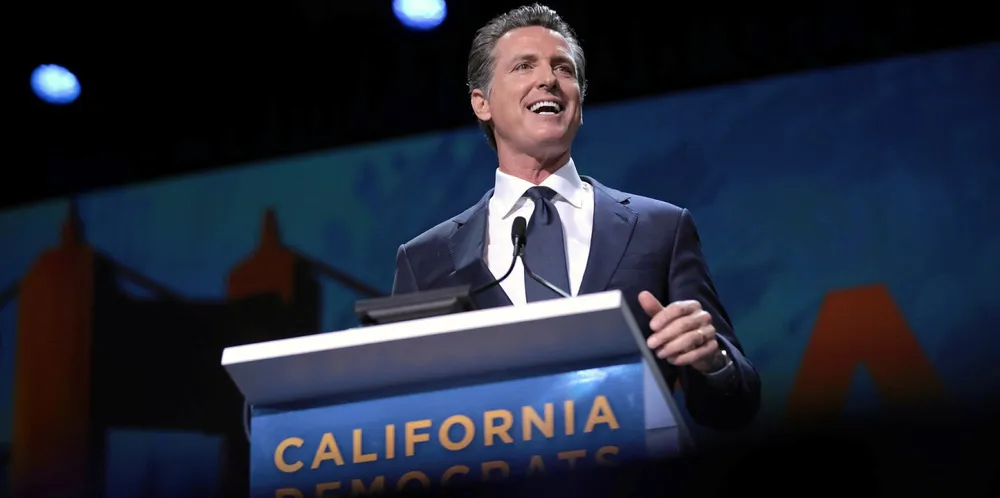Experts: US may understate California floating wind leases' generation capacity by 50%
Despite multiple unknowns of development in the deep waters of the Pacific, industry insiders are confident sector will see 7GW versus BOEM's 4.6GW estimate

Industry experts suggest the two floating wind energy areas off California auctioned a week ago likely hold at least 50% more capacity than the 4.6GW estimated by the Biden administration.
The three Morro Bay leases hold 3GW, while the two smaller areas in Humboldt are gauged at 1.6GW, according to the Bureau of Ocean Energy Management (BOEM), the regulator of energy development in federal waters.
Musial noted that turbine sites may be discarded during the permitting phase due to required set-backs, geo-hazards, easements, and other possible reasons.
“Based on east coast projects, the power generating capacity of these areas is probably 50% greater,” he said. “I believe the five California lease areas can collectively support up-to 7GW of floating offshore wind.”
She noted that turbine size, turbine spacing, level of stakeholder conflict related to potential overlapping of any shipping routes or fishing areas, and other factors can all impact power density.
BNEF estimates that the sites can host around 6.8GW. “Some developers may also state that they can hold more,” said Jean-Michel.
Danish offshore wind analytics firm Aegir Insights sees the five lease areas holding some 7.5GW.
The range in estimates reflects several uncertainties, not least the floating platforms deployed, which in turn will dictate mooring strategies and power density. At least 30 different floating wind technologies are being developed around the world, incorporating various mooring strategies.
California’s floating sector is characterised by deeper water than have been attempted by the sector, ranging from around 760 metres in Humboldt to over 1,000 metres in Morro Bay.
Jason Jonkman, developer of NREL’s OpenFAST software tool for estimating dynamic loads for floating wind platforms which is used by some 80% of the platforms under development, said that deep water is more of a cost than a technical challenge.
“The only real problem in deep water is the mooring system is just more expensive because it has to be longer.”
Aegir Insights noted in a paper on offshore wind development in the US Pacific that “conventional catenary mooring may be cost prohibitive in California’s deeper waters.”
Instead, the consultancy suggests that a range of other solutions might be rolled out.
“Demonstration and further understanding of failure rates could be necessary to make deep-water floating bankable,” the consultancy said. “Developers with experience from deep-water oil and gas projects in the Gulf of Mexico may have an advantage.”
NREL’s Jonkman noted that ongoing shared mooring system research looks to connect multiple floating platforms in “daisy chains” to “minimise how many lines actually have to go that far deep,” he said.
“You don’t need every floater to have its own mooring system,” he said.
NREL’s Musial doesn't believe that mooring strategies will greatly impact power density, however.
“There is no reason why floating wind would require wider spacing or lower array power density” than fixed bottom, he said, adding that because the winds off California blow consistently in one direction, that “would allow greater power density”.